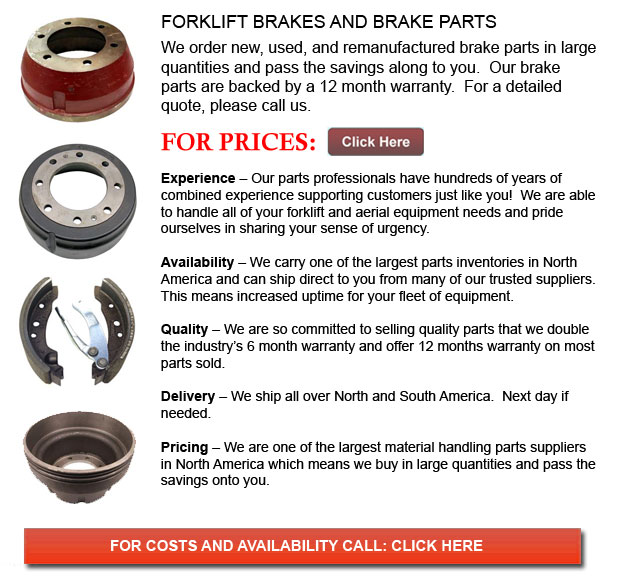
Forklift Brakes - A brake wherein the friction is provided by a set of brake shoes or brake pads that press against a rotating drum unit referred to as a brake drum. There are several specific differences between brake drum kinds. A "brake drum" is normally the definition given if shoes press on the inner surface of the drum. A "clasp brake" is the term used to be able to describe whenever shoes press against the outside of the drum. One more kind of brake, called a "band brake" uses a flexible band or belt to wrap all-around the exterior of the drum. If the drum is pinched in between two shoes, it can be referred to as a "pinch brake drum." Similar to a conventional disc brake, these types of brakes are rather rare.
Early brake drums, previous to 1955, required to be constantly adjusted so as to compensate for wear of the shoe and drum. "Low pedal" could cause the needed adjustments are not performed satisfactorily. The motor vehicle can become hazardous and the brakes could become useless whenever low pedal is mixed together with brake fade.
There are different Self Adjusting Brake Systems obtainable, and they can be categorized within two main kinds, RAD and RAI. RAI systems have built-in tools which prevent the systems to recover if the brake is overheating. The most recognized RAI manufacturers are Bosch, AP, Bendix and Lucas. The most well-known RAD systems comprise Volkswagen, VAG, AP, Bendix and Ford recovery systems.
Self repositioning brakes usually utilize a device that engages only whenever the motor vehicle is being stopped from reverse motion. This stopping technique is satisfactory for use where all wheels use brake drums. Nearly all vehicles now utilize disc brakes on the front wheels. By working only in reverse it is less possible that the brakes would be applied while hot and the brake drums are expanded. If tweaked while hot, "dragging brakes" can happen, which increases fuel consumption and accelerates wear. A ratchet mechanism that becomes engaged as the hand brake is set is another way the self repositioning brakes may function. This means is only suitable in functions where rear brake drums are utilized. When the emergency or parking brake actuator lever goes over a certain amount of travel, the ratchet developments an adjuster screw and the brake shoes move in the direction of the drum.
There is a manual adjustment knob situated at the base of the drum. It is generally adjusted through a hole on the other side of the wheel and this requires going beneath the lift truck with a flathead screwdriver. It is of utmost significance to be able to move the click wheel properly and modify each wheel equally. If unequal adjustment happens, the vehicle could pull to one side during heavy braking. The most efficient method to be able to make certain this tedious job is accomplished safely is to either lift each wheel off the ground and spin it manually while measuring how much force it takes and feeling if the shoes are dragging, or give every\each and every one the exact amount of clicks manually and then perform a road test.
![]() Click to Download the pdf
Click to Download the pdf
Forklift Parts
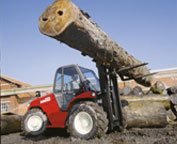
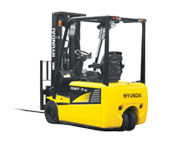
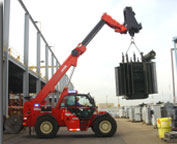
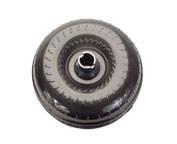
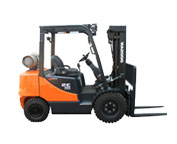
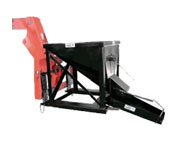
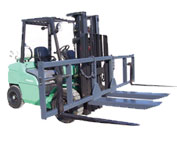
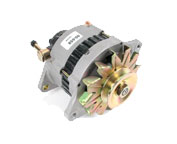
Lift Parts Express
TOLL FREE: 1-888-695-7994
Baton Rouge, Louisiana
forkliftpartsbatonrouge.com
Email Us
About Us


